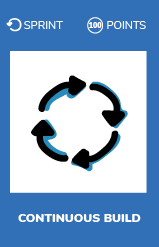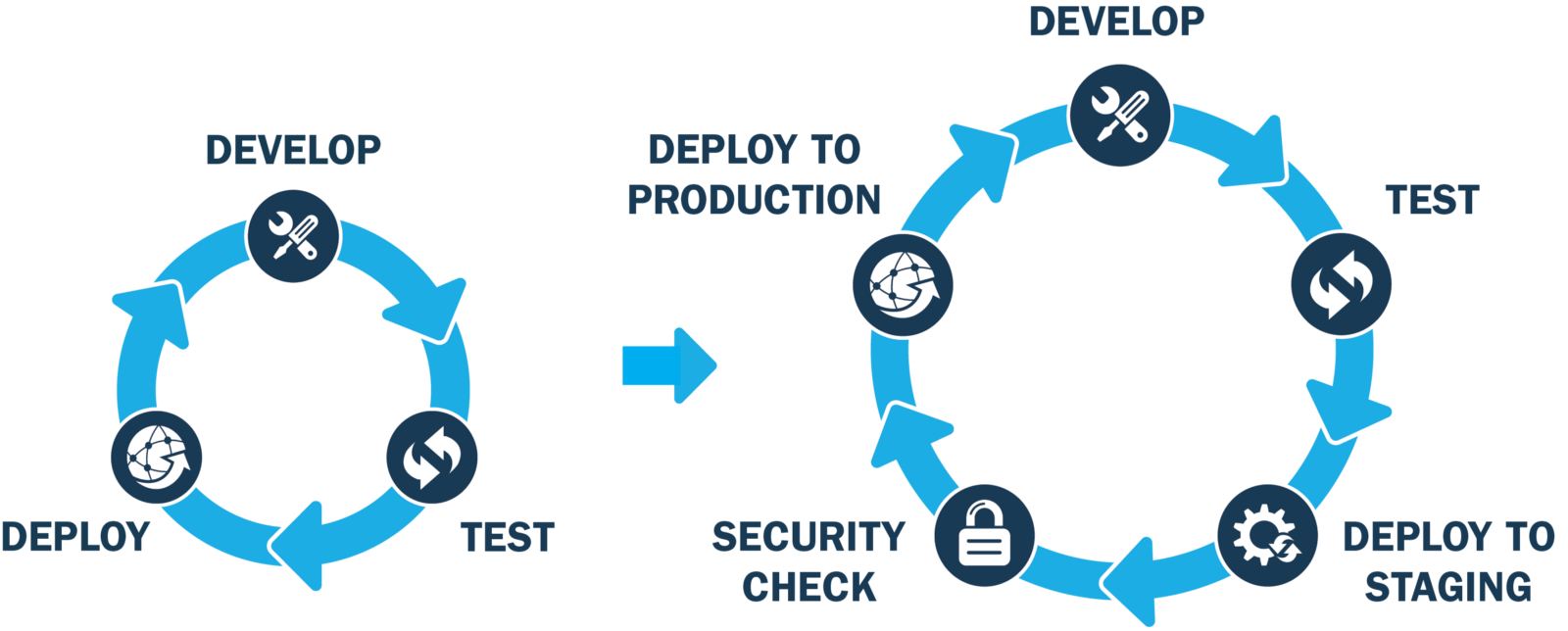Continuous build

What ?
Software development is done in teams.
Continuous Integration (CI) is the process of automating the build and testing of code every time a team member commits changes to version control.
One rule needs to be followed when you continuously integrate :
If anything fails, stop the line!
Why ?
Because you’re integrating frequently, there is significantly less back-tracking to discover where things went wrong, so you can spend more time building features.
Continuous Integration is cheap.
Not integrating continuously is expensive. If you don’t follow a continuous approach, you’ll have longer periods between integrations.
This makes it exponentially more difficult to find and fix problems. Such integration problems can easily knock a project off-schedule, or cause it to fail altogether.
Continuous Integration brings multiple benefits :
- Say goodbye to long and tense integrations
- Increase visibility enabling greater communication
- Catch issues early and nip them in the bud
- Spend less time debugging and more time adding features
- Build a solid foundation
- Stop waiting to find out if your code’s going to work
- Reduce integration problems allowing you to deliver software more rapidly

How ?
In order to understand what is built by other teams in your company, fix the next broken continuous build of another team.
Continuous build could have been broken by :
- A compilation issue
- Failed test(s)
If no CI configured :
- Configure it with Jenkins, VSTS or whatever (you can find plenty of tools)

